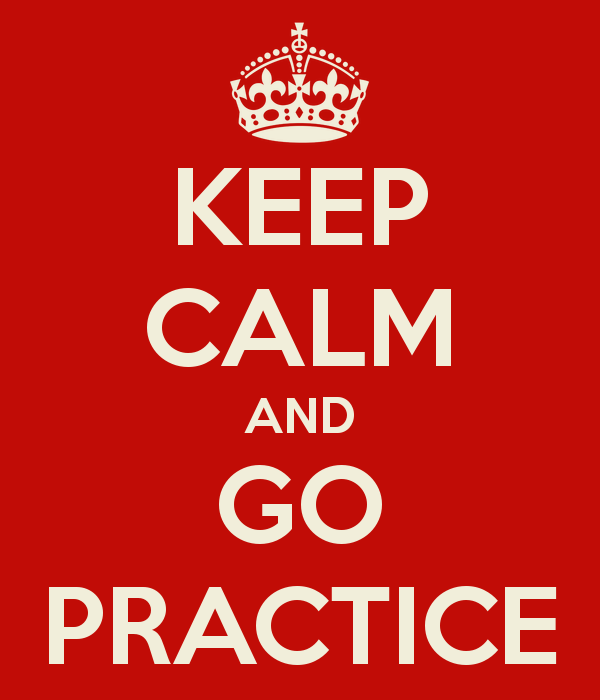Your PSAT Scores Are Back: Time To Use Them!

THE NUMBERS TELL ONLY HALF THE STORY
Across the nation, students have just received their PSAT scores. Everyone gets excited about “the number”: that sum out of 1520 front-and-center on page one of the score report. But this number attracts far too much attention, and the remainder of the report far too little. Sure, the overall score––and the National Merit Scholarship Index––are important, especially for juniors, whose predicted SAT scores and chances at winning a National Merit Scholarship lie within. The real focus, though, should be on what to do with the report once you’ve got it. If you receive the report, glance at your score, and forget about the rest, you may as well not have taken the PSAT at all.
GET MOVING
So what is there to do? First, look at the colorful “Subscores” section located within the lower right-hand corner of your report’s first page. Circle, star, or write down any category for which the black bar is in the red zone, which indicates significant weakness in a given area. Bolstering those red-zone subscores is priority number one. Sometimes, the categories can be a little opaque: what does “Command of Evidence” or “Problem Solving and Data Analysis” really mean? To find out, go to the third page of the report, which shows all questions on the test in addition to the categories in which they’re classified. Now comes the key step: actually open up the exam and find those questions. You’ll be able to determine the practical meaning of each of the categories, which will allow you to distinguish the kinds of questions you tend to answer incorrectly. Then, write these down and save them for later practice.
That’s right: practice. Remember: the PSAT score is a predictor of your SAT score, provided you do nothing in between the PSAT and the SAT. But if the PSAT is to be a starting point rather than a final indicator, you must use what it gives you to run through a battery of questions in areas that need improvement. This is where MTP can help.
Subscribers to Method Test Prep’s web-based program can access our SAT Concept Alignment Charts to determine how concepts within MTP’s checklist correspond to those used by the College Board. For example, let’s say your “Heart of Algebra” category score was a little lackluster. Using the charts, you’ll find that this category includes things like “Exponents” and “Systems of Equations” within our SAT checklist. Once you see which concepts to pursue, use MTP to practice with them!
With time and effort, you can achieve significant improvement in areas that need it most. In addition to addressing your weaknesses, try to bolster your strengths in a similar fashion. In this way, you’re on track to improving your abilities and achieving a much higher score on the real SAT.


